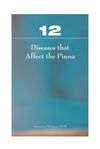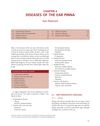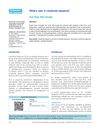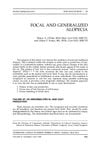Canine Zinc-Responsive Dermatosis
TLDR Dogs with zinc-responsive dermatosis need zinc supplements or dietary changes for treatment.
The 1999 study "Canine Zinc-Responsive Dermatosis" discussed the importance of zinc in various biological functions and its role in a rare disease in dogs caused by either an absolute or relative deficiency in zinc. This condition, characterized by skin lesions such as erythema, alopecia, scales, and crusts primarily affecting the head, has two forms. One is a familial form seen in Alaskan Malamutes and Siberian Huskies, requiring life-long zinc supplementation. The other form affects growing puppies fed zinc-deficient or oversupplemented diets, which can be cured by dietary correction alone. The study also mentioned lethal acrodermatitis, a rare, inherited disorder in Bull Terriers that does not respond to zinc supplementation and is invariably fatal.



